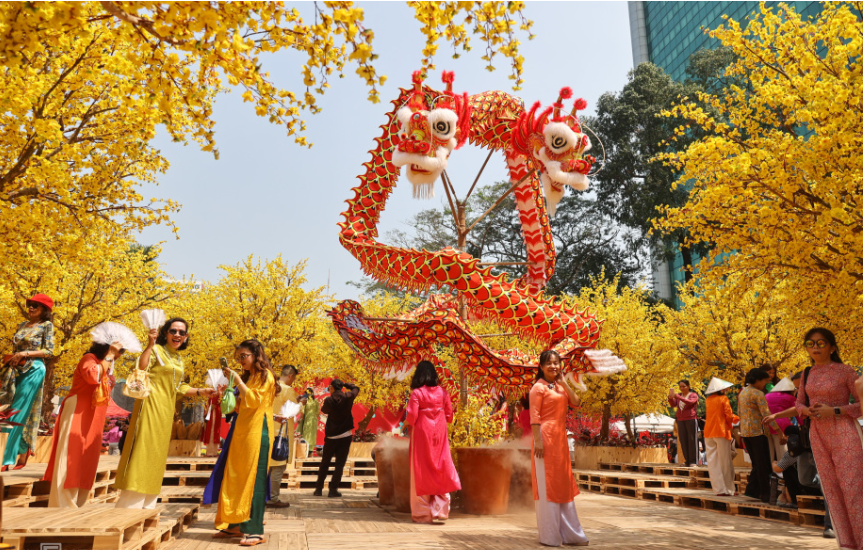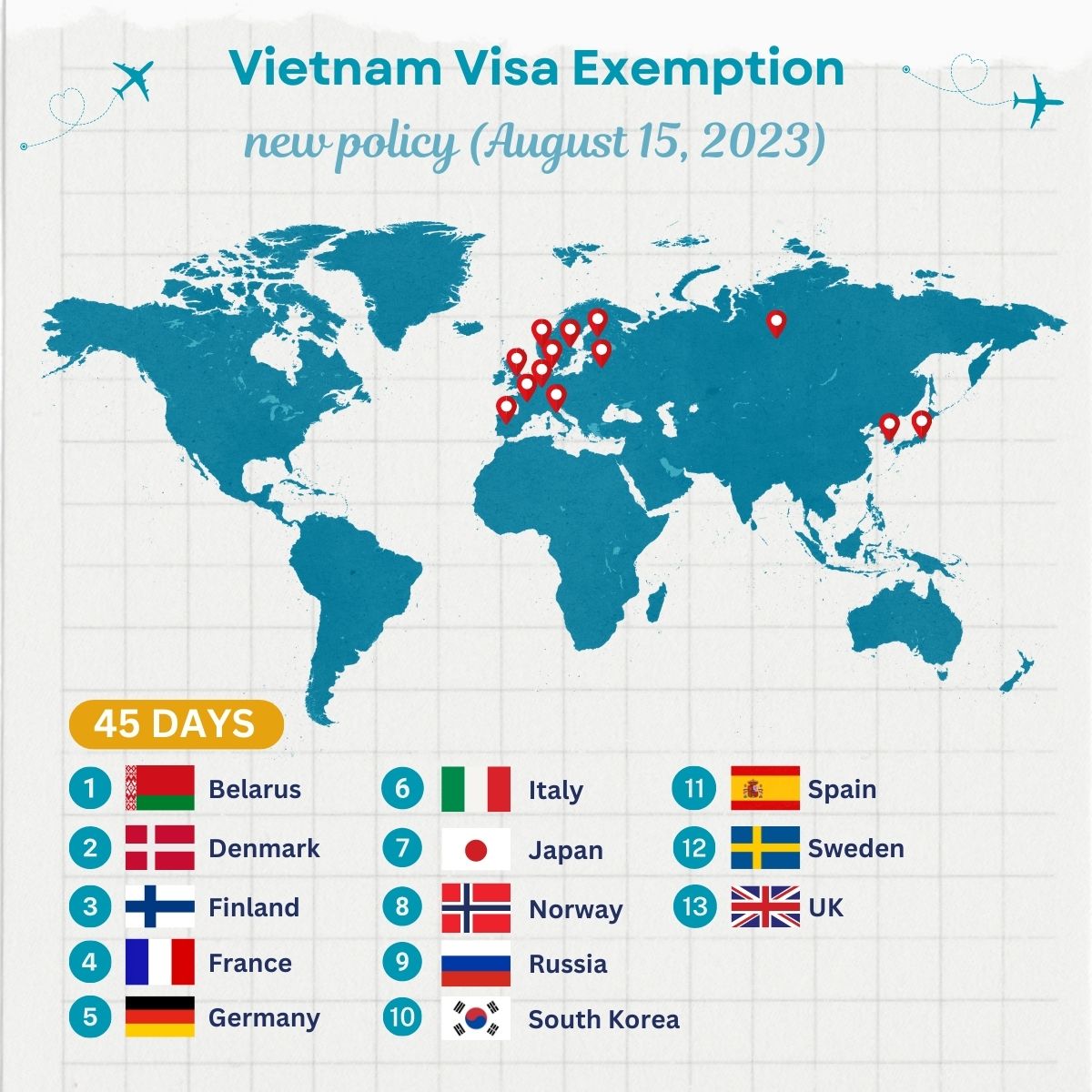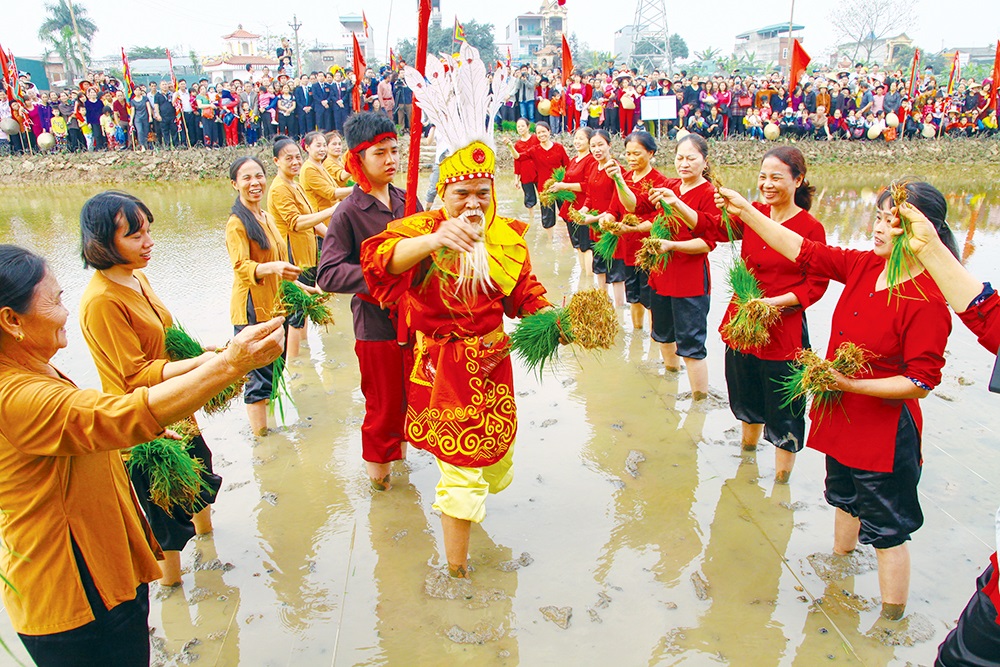Lunar New Year or Tết Nguyên Đán, is Vietnam’s most significant celebration, as the longest holiday of the year. Across Vietnam, during this time families reunite and honour their ancestors, while praying for luck, prosperity and health in the new year. The public holiday may only run for one week, but in reality, Tết celebrations last much longer. If you’re visiting Vietnam around Lunar New Year, here’s what you can expect.
Tet Festival in Vietnam usually falls in late January or early/mid-February. The dates vary from year to year as it is based on the lunar calendar. The celebration lasts one week or longer.
Since Tet is the most important festival for Vietnamese, preparations for the celebration begin well in advance. They make offerings and pray at temples about the two weeks before and immediately after Tet because visiting temples is considered auspicious. Many families visit the graves of ancestors in the week prior to Tet. Homes are cleaned and decorated with Hoa Mai (yellow apricot blossom), Hoa Dao (peach blossom), Kumquat tree, and many other colorful flowers. On the eve of Tet, they cook an abundance of food. On the first day of New Year, everybody, especially kids, wears new clothes and shoes to visit families and friends and enjoy the traditional Tet food like Banh Chung (a sticky rice cake). Many children receive “lucky money” in red envelopes.
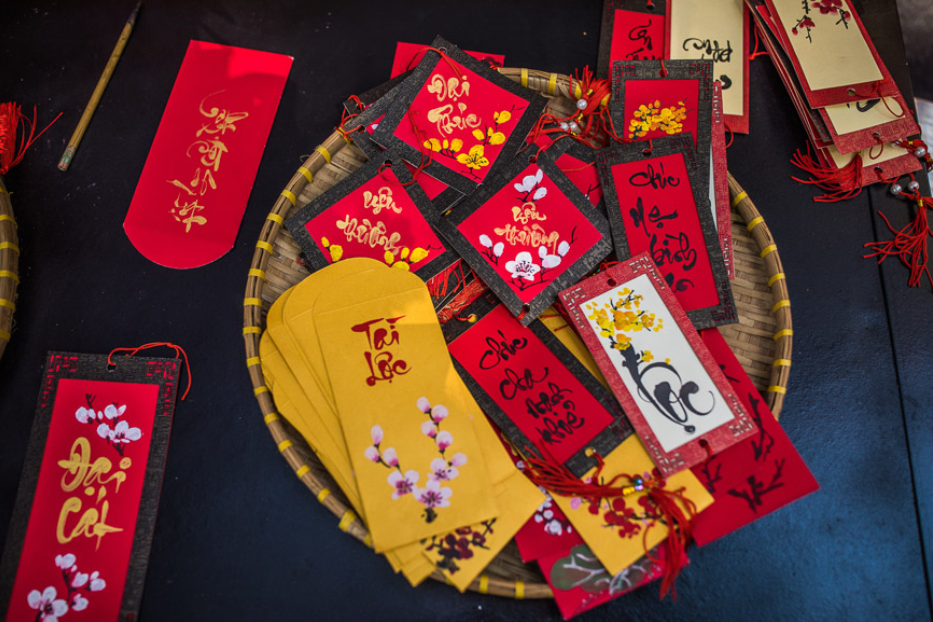
In the days before Tết, markets and streets are jam-packed with shoppers. Busy housewives pick up foil, paper garlands, and auspicious red and gold decorations shaped like fish, coins, firecrackers, and blossoms. Each lunar year is represented by a zodiac animal, as reflected in glossy stickers or on paper lanterns. Locals bring home stacks of red bao lì xì – lucky money envelopes – which are customarily gifted by elders to younger members of the family, or by managers to employees. It’s a sign of maturity for young Vietnamese to stop receiving lì xì and start giving it instead.
Food — especially the Tết cake bánh chưng — is an important component of the celebrations. According to folklore, the last Hung King could not decide which of his sons would take the throne, so he held a competition to find which son could bring him the best dish in the world. One son stood out, as he presented these two savoury rice cakes representing heaven and earth. These humble dishes impressed the king who then awarded him the throne. Across Vietnam, families will sit down to a day-long feast, and present candied fruits in beautiful boxes for guests to enjoy.
A traditional Tết dinner is an important occasion for family members to gather and talk about the past year. Each region has its own version of the meal. In the North, nem (fried spring rolls), bánh chưng (sticky rice cake), and whole boiled chicken are some essential dishes.
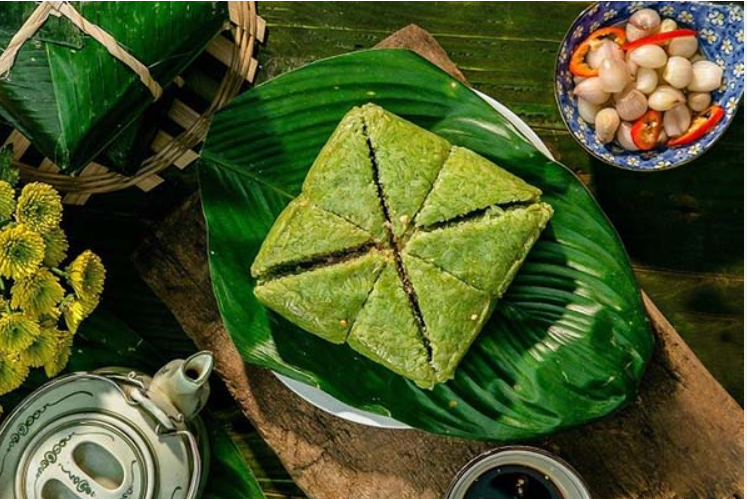
A Southern Tết meal is made of caramelised pork, bitter melon soup, and chicken salad, among other things. Many dishes symbolize the passing of hardship, as well as new hope for the new year.
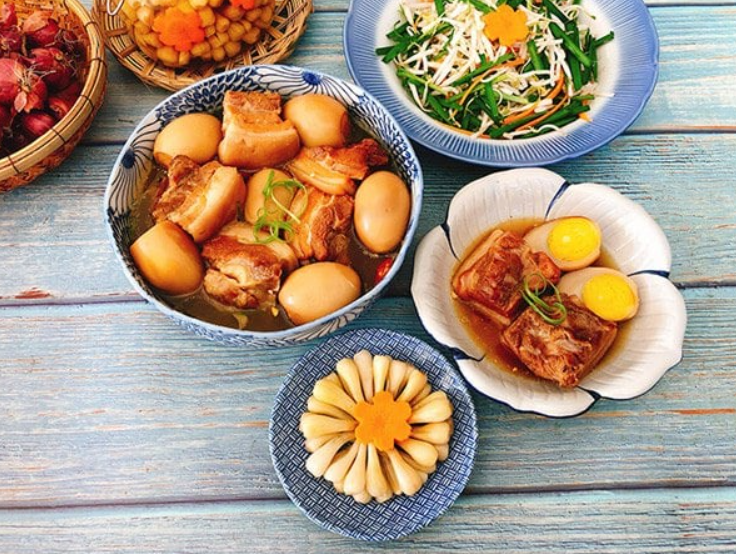
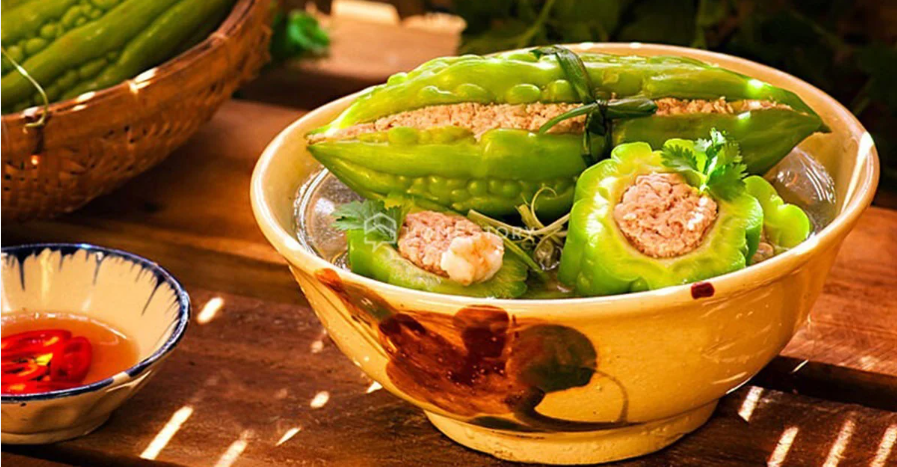
Tradition of The First 3 Days Of Tết In Vietnam
The first three days of Tet are dedicated to honoring and expressing gratitude to those who have played significant roles in our lives. By assigning specific days to our parents and teachers, we are reminded of their sacrifices and contributions to our growth. This heartwarming tradition of appreciation reinforces the importance of family, respect, and gratitude in Vietnamese culture.
The first day of Tết
The first day of Tet is dedicated to the father because he holds the highest position in the traditional belief of Vietnamese folk. This belief is deeply rooted in Vietnamese folk traditions, emphasizing the father as the head of the family, as reflected in the ancient saying: “A home without a father is like a house without a roof.”
This sentiment highlights the father’s crucial role in maintaining the family unit, much like a roof, which provides essential protection, support, and shelter. Therefore, on this day, wishes are traditionally bestowed upon fathers, with a special focus on the eldest paternal figures in the family.
The second day of Tết
The second day of Tet is devoted to the mother, symbolizing her nurturing role and the love she provides to the family. This day typically involves visits to maternal relatives, strengthening kinship bonds, and expressing gratitude for their support and affection. Families also take a moment to honor and remember deceased maternal relatives, paying their respects at gravesites or ancestral altars.
The third day of Tết
On the third day of Tet, people show their respect to their teachers, recognizing their role in shaping minds and building character. This reflects the Vietnamese cultural norm of “Tôn sư trọng đạo,” emphasizing the importance of students respecting teachers.
The day is traditionally marked by warm and heartfelt greetings, along with generous gift-giving to both past and present teachers. It serves as a special occasion for students to express gratitude for the invaluable education and guidance they have received. Similarly, it is a time for teachers to feel appreciated and reminisce about the impact they have made in the lives of their students.
Common expressions to use for Tet wishes
There are numerous ways to express New Year wishes. How individuals extend their wishes can vary based on factors like the nature of their relationship, personality, and preference for elaborate or simple expressions. Wishes can range from formal to personal or even humorous. Here are some of the most frequently used wishes.
Wishes usually start with “I wish you” or “I hope you” :
“Chúc mừng năm mới!” (Happy New Year!)
“Sức khỏe dồi dào” (Plenty of health)
“Thành công rực rỡ” (Radiant success)
“Tiền vô như nước” (Money flows in like water)
“An khang thịnh vượng” (Security, good health, and prosperity)
“Vạn sự như ý” (May all things go favorably)
“Phát tài phát lộc” (Prosperity and wealth)
“Tấn tài tấn lộc” (A ton of wealth and prosperity)
“Cung hỉ phát tài” (Congratulations on your wealth)
“Sống lâu trăm tuổi” (Live a long life of 100 years)
Lunar New Year tips for travellers
– People from all over the country will return to their hometowns for the Tết holiday, creating heavy demand for bus, train and plane tickets, as well as hotel rooms. If you must travel during this time, try to book transportation and accommodation far in advance.
– With many staff gone home to their families, businesses and restaurants typically shut for at least the first few days of Tết. Expect cities to be quiet during this time, as well as limited dining and shopping options.
– The first few days of Tết are a rare chance to see Vietnam’s big cities empty of noise and traffic. Take advantage of the quiet and explore by bicycle, scooter or on foot.
– You may be invited into a family’s home for Tet which is a huge honour. During Lunar New Year, it’s important not to drop by any Vietnamese home without an invitation, as the first guests of the year are specially chosen to bring good luck to each household.
– Warm wishes are much appreciated around and during Tết. On the first days of the new year, smile and say “Chúc Mừng Năm Mới” (Happy New Year) to everyone you see!
